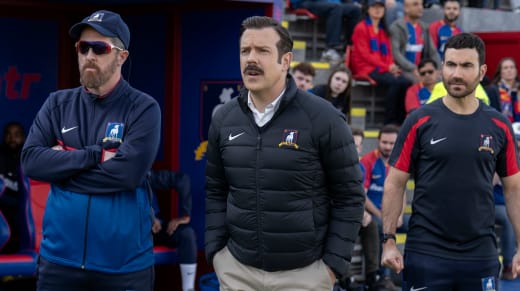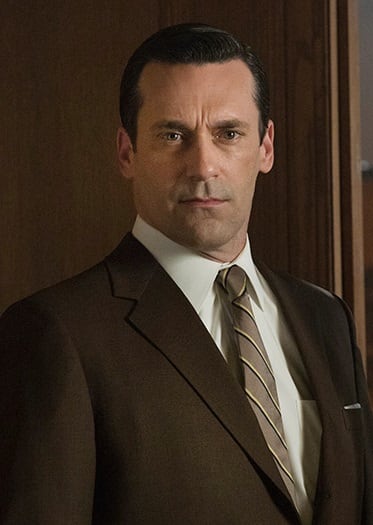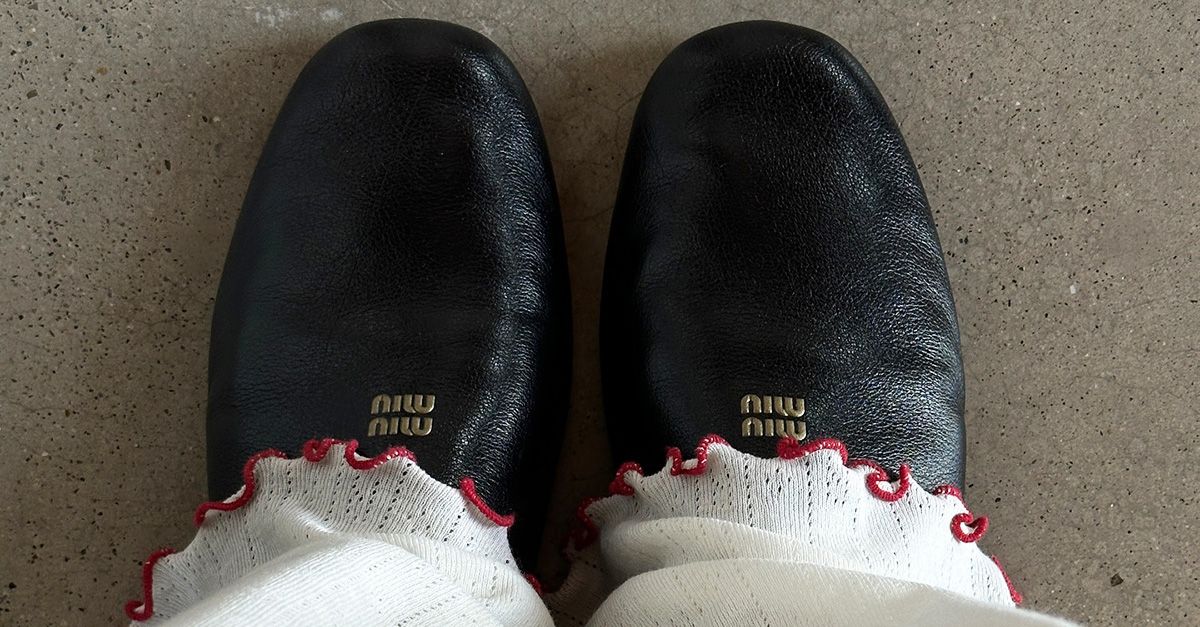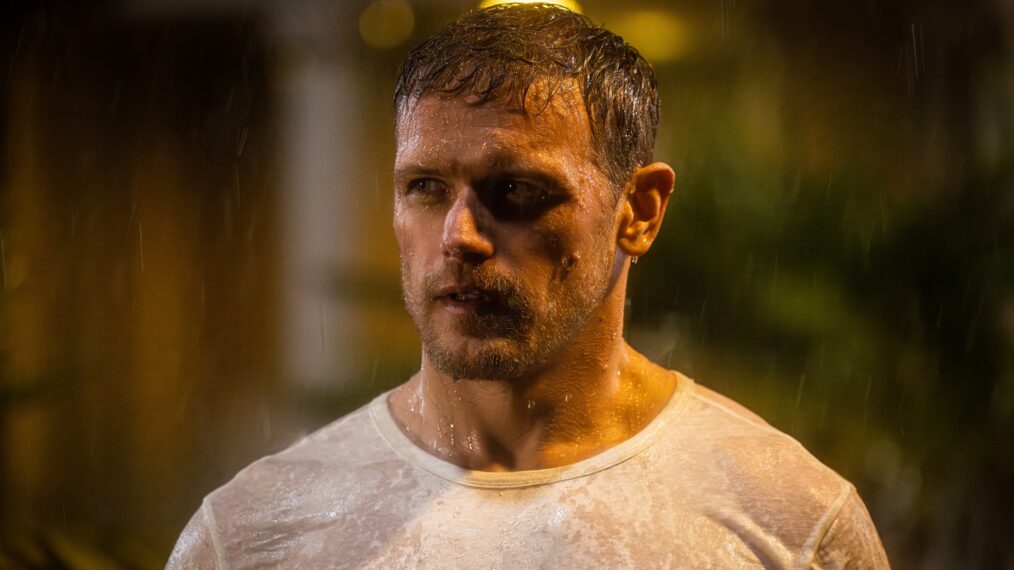Perhaps you’ve had this experience:
You hear about an interesting movie or show, or you remember an old favorite, and you reason that since it’s a well-known title, it’s several years old, and you subscribe to several streaming services, you should be able to watch it for free somewhere.
Then you conduct the research that’s necessary to find anything in the vast streaming landscape, and you realize that you’re gonna have to shell out to rent or buy this thing.

Or worse, that film or series simply is not available. Anywhere.
If you’re lucky, you can go on Amazon and have the DVD delivered in a couple of days, but you haven’t seen your DVD player since Obama was in office, and you need something to watch now.

From comedy classics like Cocoon to Oscar winners like Il Postino to beloved children’s movies like The Brave Little Toaster to action favorites like James Cameron’s The Abyss, the list of classic films that are unavailable for streaming is long and depressing.
And then there are the TV shows:
Boston Public, Get Smart, WKRP in Cincinnati, The Drew Carey Show, Murphy Brown, Homicide: Life on the Street, Chicago Hope, Knots Landing, thirtysomething … the list goes on and on.
So what’s going on here?

In an age when Suits was the most-watched show on Netflix last year, you’d think streamers would be scrambling to stock their libraries with semi-forgotten favorites.
But the feeling among execs is that while beloved series of old might rack up the most streaming minutes, it’s original programming that brings in new subscribers.
And with publicly traded companies like Netflix and Warner Bros. Discovery under constant pressure to create growth for the benefit of their shareholders, stagnation is not an option.
As an added bonus, if Netflix produces an original series, they own the rights in perpetuity, and they don’t have to worry about a situation like the one that arose in 2020.
That was when NBC launched Peacock and suddenly wanted exclusive rights to shows like The Office, which was then Netflix’s most-watched show.

Needless to say, that was not the sort of situation that Netflix needed to worry about when they were the only game in town.
But more streamers means more competition for the enduring titles of old.
So streamers are devoting more of their budget to original programming, which is a fine — a good thing, in fact! — but there’s only room for so many shows to be successful.
Unfortunately, Netflix’s solution to that particular problem is to give shows exactly one season to find an audience- otherwise, they get the ax.
That’s created a difficult environment for more challenging, grownup-oriented content, resulting in a situation where teen-focused dramas like Virgin River, Outer Banks, and Ginny & Georgia top the charts.

To be clear, there’s nothing wrong with any of those shows, but they’re not the sort of content that’s likely to spark lively debate around the water cooler.
They fall into the category of what some industry observers have dubbed “laundry-folding TV.”
A little of that is fine, of course. We all need to shut our brains off sometimes at the end of a long day.
But if you’re wondering why TV’s second “golden age” seems to have come to an end, it’s because “easy” viewing — in the form of reality shows and nighttime soaps — presents less of a risk, and it’s often much cheaper to produce.

Now, sometimes, audiences connect with a new show that’s unlike anything they’ve seen before.
That’s how Ted Lasso, a single-camera sitcom about a British soccer team, became the most-streamed original show of 2023.
But Jason Sudeikis’ fish-out-of-water series still falls under the category of feel-good TV.
Many of the more challenging shows launched by streamers in recent years seem to have struggled because they’re difficult by design.

Thankfully, there are signs of a turnaround, mostly coming from FX and Hulu.
Shogun, The Bear, and Reservation Dogs have all managed to deliver solid ratings in recent years.
None of them come within shouting distance of Suits reruns on Netflix, but we’ll celebrate any indication that viewers are engaging with content that demands their full attention.
We’ll also celebrate business models that don’t involve locking your new content behind a paywall.

In addition to streaming on Hulu, Shogun is available to watch for free on FX, which might help to explain how a dense, intricately plotted show that takes place 400 years ago was able to build such a sizable fan base.
So, there is still a demand for more high-minded television, but will streaming execs heed the call?
Would the difficult shows of yesteryear, The Sopranos, Deadwood, Mad Men, etc., have survived in an era when TV is attempting to tailor itself to our TokTok-shortened attention spans?
Will streamers recognize the desire for “classic” content instead of continuing the push to find the Next Big Thing?

The future is more difficult to predict than ever these days, and anyone who tells you they know they know where this industry is headed is lying to you.
But we remain hopeful that TV’s best years are still ahead — but that bright future might require you to shell out for a few more subscriptions.
What do you think, TV fanatics?
Are we being too optimistic?
Hit the comments section below to share your thoughts!
Tyler Johnson is an Associate Editor for TV Fanatic and the other Mediavine O&O sites. In his spare time, he enjoys reading, cooking, and, of course, watching TV. You can Follow him on X and email him here at TV Fanatic.


























































![Mason Ramsey – Twang [Official Music Video] Mason Ramsey – Twang [Official Music Video]](https://i.ytimg.com/vi/xwe8F_AhLY0/maxresdefault.jpg)





![The Woods Are Real [REVIEW] The Woods Are Real [REVIEW]](https://i0.wp.com/horrorfacts.com/wp-content/uploads/2024/03/Nick-Westrate-and-Jeffrey-Omura.jpg?resize=662,372&ssl=1)



:quality(85):upscale()/2025/01/15/049/n/1922564/a753b85967884eaf8fe5f9.34920179_.jpg)










